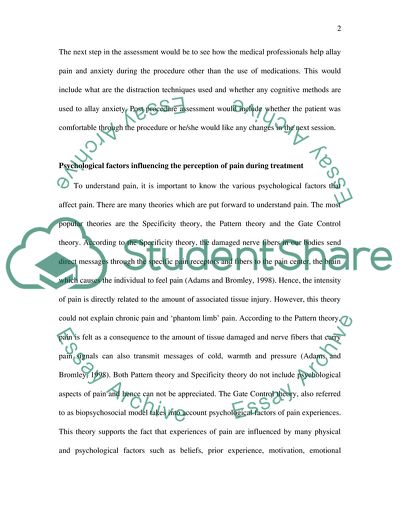Cite this document
(Dental Psychology: Pain Coursework Example | Topics and Well Written Essays - 1500 words, n.d.)
Dental Psychology: Pain Coursework Example | Topics and Well Written Essays - 1500 words. https://studentshare.org/psychology/1709587-dental-psychology
Dental Psychology: Pain Coursework Example | Topics and Well Written Essays - 1500 words. https://studentshare.org/psychology/1709587-dental-psychology
(Dental Psychology: Pain Coursework Example | Topics and Well Written Essays - 1500 Words)
Dental Psychology: Pain Coursework Example | Topics and Well Written Essays - 1500 Words. https://studentshare.org/psychology/1709587-dental-psychology.
Dental Psychology: Pain Coursework Example | Topics and Well Written Essays - 1500 Words. https://studentshare.org/psychology/1709587-dental-psychology.
“Dental Psychology: Pain Coursework Example | Topics and Well Written Essays - 1500 Words”. https://studentshare.org/psychology/1709587-dental-psychology.


